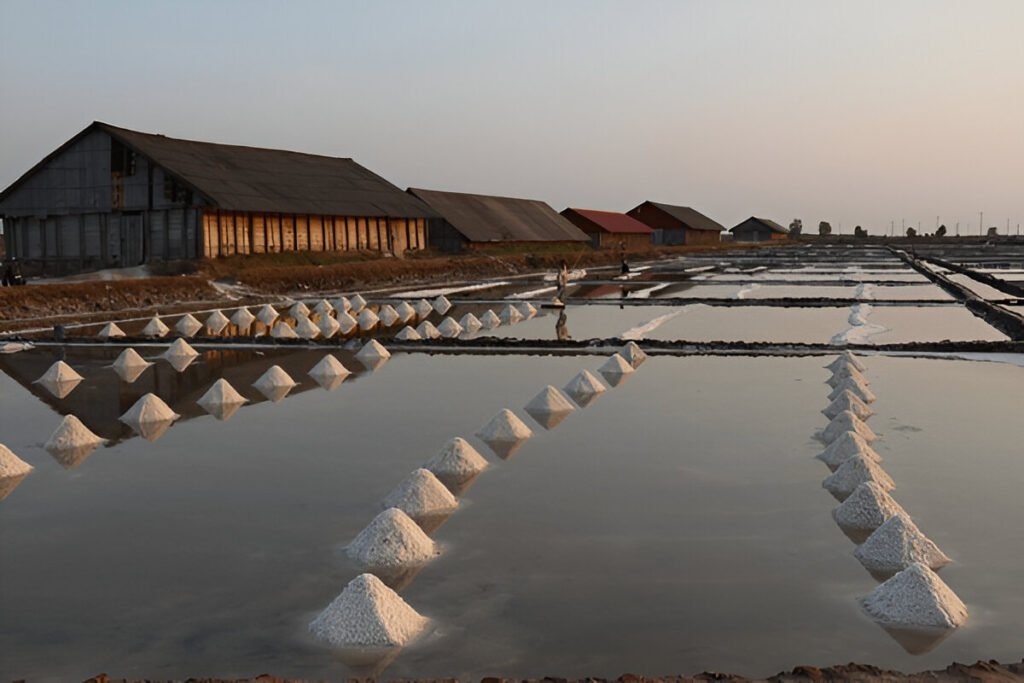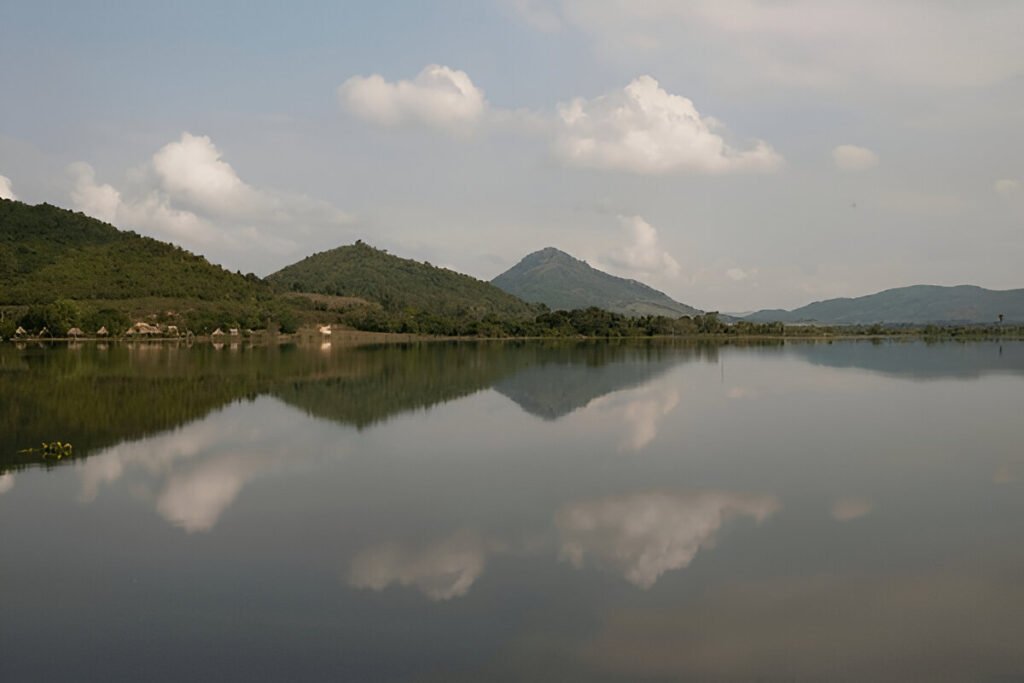Introduction:
Located on Honshu Island, approximately 100 kilometers southwest of Tokyo, Mount Fuji is not only Japan’s highest peak but is also one of the most iconic natural landmarks of the Land of the Rising Sun. As a sacred site, it has been a place of pilgrimage for centuries and has inspired countless works of art and literature. Standing at 3,776 meters high, this active stratovolcano symbolizes the country’s history, spirituality, and artistry. It is a must-visit destination for those seeking to fully grasp the depth and breadth of Japan’s rich culture.
Summiting the Splendor: Your Guide to Climbing Mount Fuji
The challenge of climbing Mount Fuji is a rewarding one, with millions of locals and tourists alike making the ascent every year. The official climbing season runs from early July to early September, when the weather conditions are most favorable. There are four routes to the summit, each varying in difficulty and length, but all providing climbers with breathtaking panoramic views of the surrounding countryside and cityscapes. The most popular climbing route, Yoshida Trail, offers mountain huts where climbers can rest and acclimatize to the altitude.
The climb, while steep and physically demanding, is a metaphorical journey resonating with Japanese philosophy. It is a test of endurance and determination, a convergence of mental fortitude and physical strength. Reaching the summit is a momentous achievement, rewarded by the breathtaking sunrise view known as Goraiko – a spiritual spectacle that symbolizes the birth of a new day.
Embrace the Enigma: The Spiritual Journey Up Japan’s Sacred Peak
Mount Fuji has long held a sacred status in Japanese culture. It is an embodiment of the country’s Shinto and Buddhist beliefs, revered as the home of the goddess Sengen-Sama who represents nature and purity. Climbing it is considered a spiritual journey, an act of purification and self-discipline. Many climbers participate in the traditional ritual of ‘Ohachimeguri,’ walking around the crater at the summit to cleanse themselves of worldly desires and thoughts.
Moreover, with its five lakes reflecting the stunning beauty of the mountain, Fuji is a source of endless inspiration and spiritual awakening. Fujisan Hongu Sengen Taisha, the main Shinto Shrine at the base of the mountain, is a place of tranquility and reverence. Pilgrims and tourists visit the shrine to pray for safety during the climb and to appreciate the spiritual connection between nature and mankind.
Description of the Attraction:
Mount Fuji is a beautiful symphony of nature’s grandeur and tranquility. Its symmetrical cone is an emblematic image of Japan, often portrayed in traditional Japanese art and photography. The terrain varies dramatically, starting with lush forest at the base, transitioning into rocky outcrops, and culminating with a snow-capped peak. The sunrise, known as Goraiko, is a sight to behold, transforming the sky into a kaleidoscope of colors reflecting on the mountain’s snowy crown.
The cultural significance of Mount Fuji is etched into the local customs and traditions. Every year, the Yoshida Fire Festival marks the end of the climbing season, featuring impressive torch-lit processions and vibrant performances. The Fuji Five Lakes area is a popular spot for camping, boating, and fishing, offering beautiful views of the mountain across the serene waters.
Things to Do:
Apart from climbing, there are numerous activities to engage in around Mount Fuji. During the off-season, you can take the Fuji Subaru Line up to the 5th station and enjoy the magnificent landscape. Visit the Fujisan World Heritage Center to delve into the mountain’s cultural and ecological significance. Soak in the stunning views of Mount Fuji from the Chureito Pagoda, especially during cherry blossom season. Don’t miss out on local delicacies such as Fujinomiya Yakisoba and Hoto, a local hotpot dish.
Local Tips:
The best time to visit Mount Fuji is during the climbing season from July to September. Make sure to dress in layers as temperatures can drastically drop at the summit. Also, it is advisable to carry rain gear and sun protection. Remember to bring enough water and snacks for energy, as the climb can be physically demanding. Knowing basic Japanese phrases can be helpful for interacting with the locals.
How to Get There:
Mount Fuji is accessible by car or public transportation from Tokyo. By car, it takes approximately 2 hours via the Chuo Expressway. There are also direct bus services from Tokyo Station to the mountain’s fifth station. Furthermore, guided tours offer round-trip transportation, making the journey hassle-free.
Nearby Attractions:
After exploring Mount Fuji, you can visit nearby attractions like the picturesque Lake Kawaguchi, the Fuji Five Lakes, and the Hakone hot springs. A visit to Fujikawaguchiko, a resort town known for its hot springs and museums, is also recommended.
Conclusion:
Embarking on a trip to Mount Fuji is not just about conquering Japan’s highest peak, but also about embracing its rich history, cultural significance, and unparalleled beauty. It is a journey that tests your physical strength, all the while enriching your soul with its spiritual essence. Standing atop Mount Fuji, witnessing the awe-inspiring sunrise, is an unforgettable moment that embodies the essence of Japan – a memory that will resonate with you long after you descend.






